ITG* is a global financial technology company that helps leading brokers and asset managers improve returns for investors around the world. Over 30 years, ITG built an extensive portfolio of solutions to empower traders to reduce the end-to-end cost of implementing investments. I was brought in to consolidate legacy and next generation capabilities into a cohesive suite in order to drive consistency and simplification, reduce development costs and increase revenue.
*ITG was acquired by Virtu Financial in March 2020
Laying the foundations
ITG has been an industry pioneer over decades; with over 2,000 clients, covering 50+ countries around the world and with 75% of the largest institutional asset managers relying on our multi-asset TCA. Over time, we built a prolific set of pre-trade, execution and post-trade applications, all managed and accessed individually, with varying levels of usage and tech frameworks. This in turn created a disjointed client experience—beyond look and feel—as the silo’d product development often meant overlap and duplication of workflows.
I was brought in to build the CX team from scratch, and own the end-to-end client experience across products, devices and territories. Being the sole UX designer when I joined, the initial focus was to get familiar with the current state, identify the immediate needs and start to build an entrepreneurial team of designers, technologists and marketers to deliver the firm's strategic client-facing platform.
Established processes such as monthly updates, standups, agile boards and project scorecards to enable collaboration, highlight UX contributions and spotlight individuals on the team.
Fostering a design-led culture
Understanding that the level of UX maturity was fairly low within the firm, with minimal investment in formalized programs, I became an advocate for the user and ensured the value proposition was understood—not by preaching—but by incrementally, and continually improving our digital experiences.
Low-hanging fruit
When dealing with different technologies and development frameworks of varying maturities, often the best way to achieve a cohesive experience without having to rebuild the entire stack is to focus on the more superficial, visual layers. By defining and delivering centralized themes, we were able to create a more cohesive and unified suite of products in a relatively short amount of time.

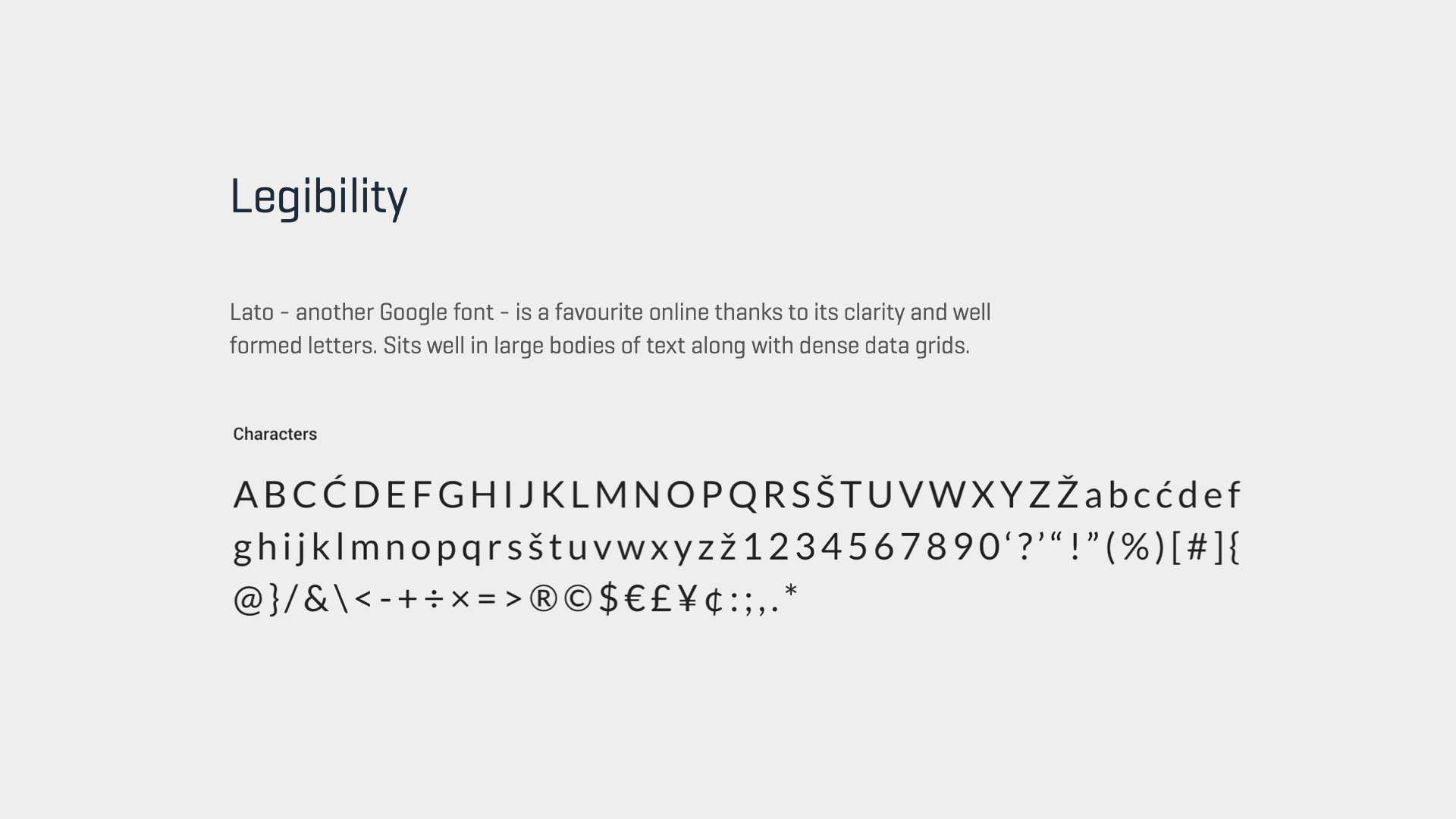

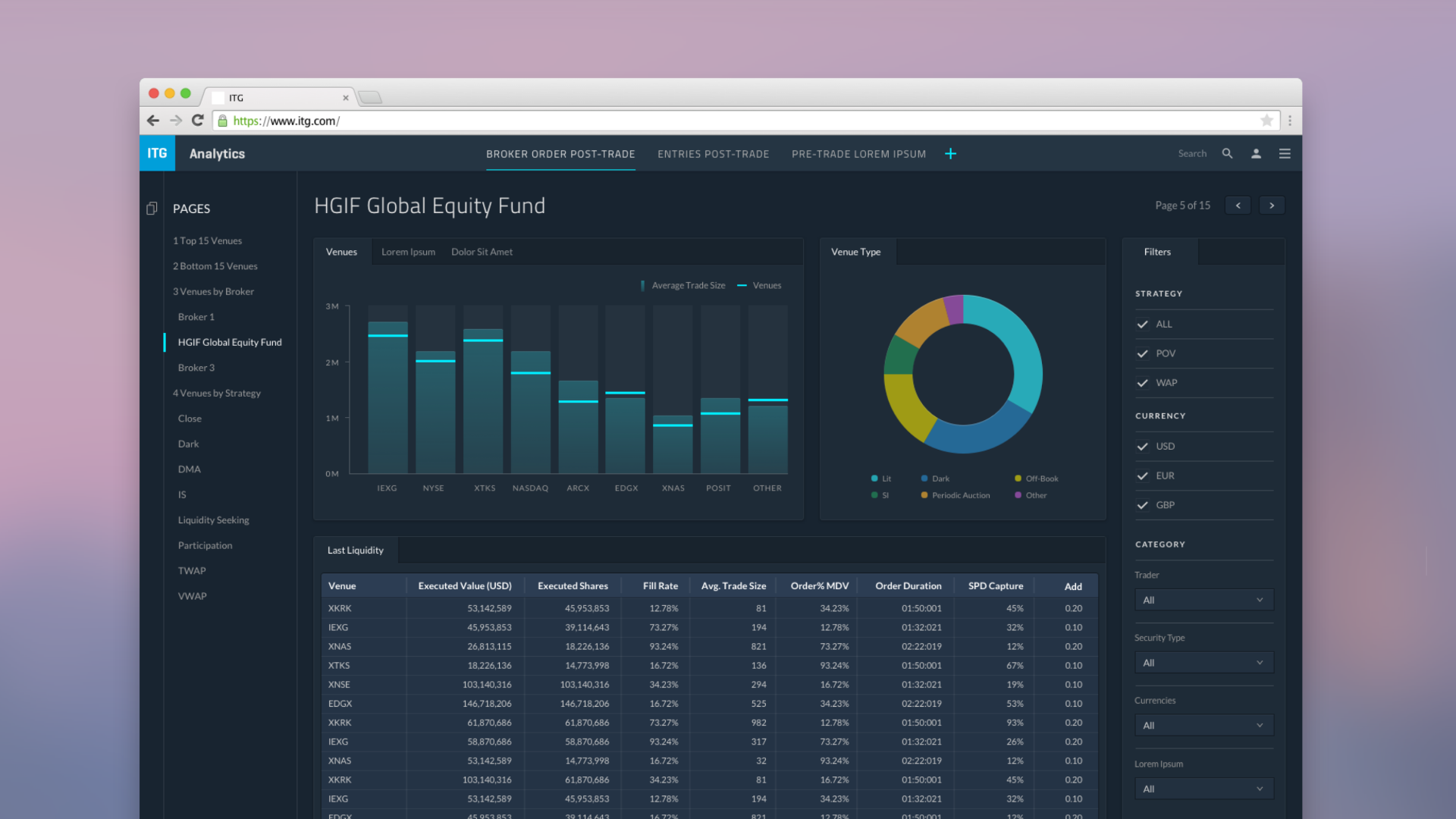
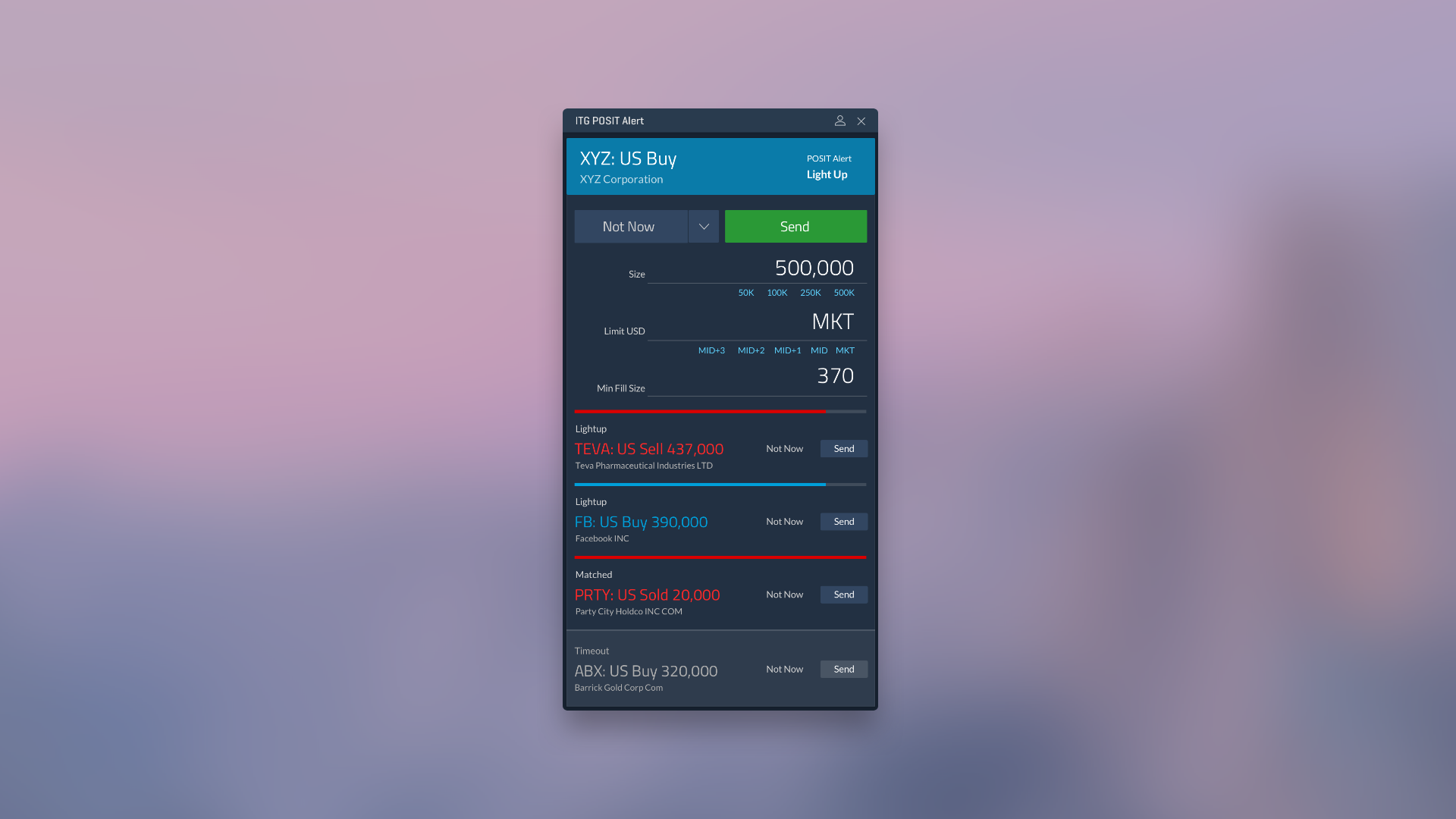

Going a little deeper
For true digital transformation, embedding UX teams at inception of a project to help drive the discovery and definition phases is where the most impact can be felt. Building our next-generation web-based platform allowed us to develop a deep understanding of our clients to drive new business opportunities and innovative solutions beyond the "pretty" layer. Managing a team of in-house UX designers, as well as external consultants, we delivered a range of artifacts to support the implementation and integration of services across the platform.



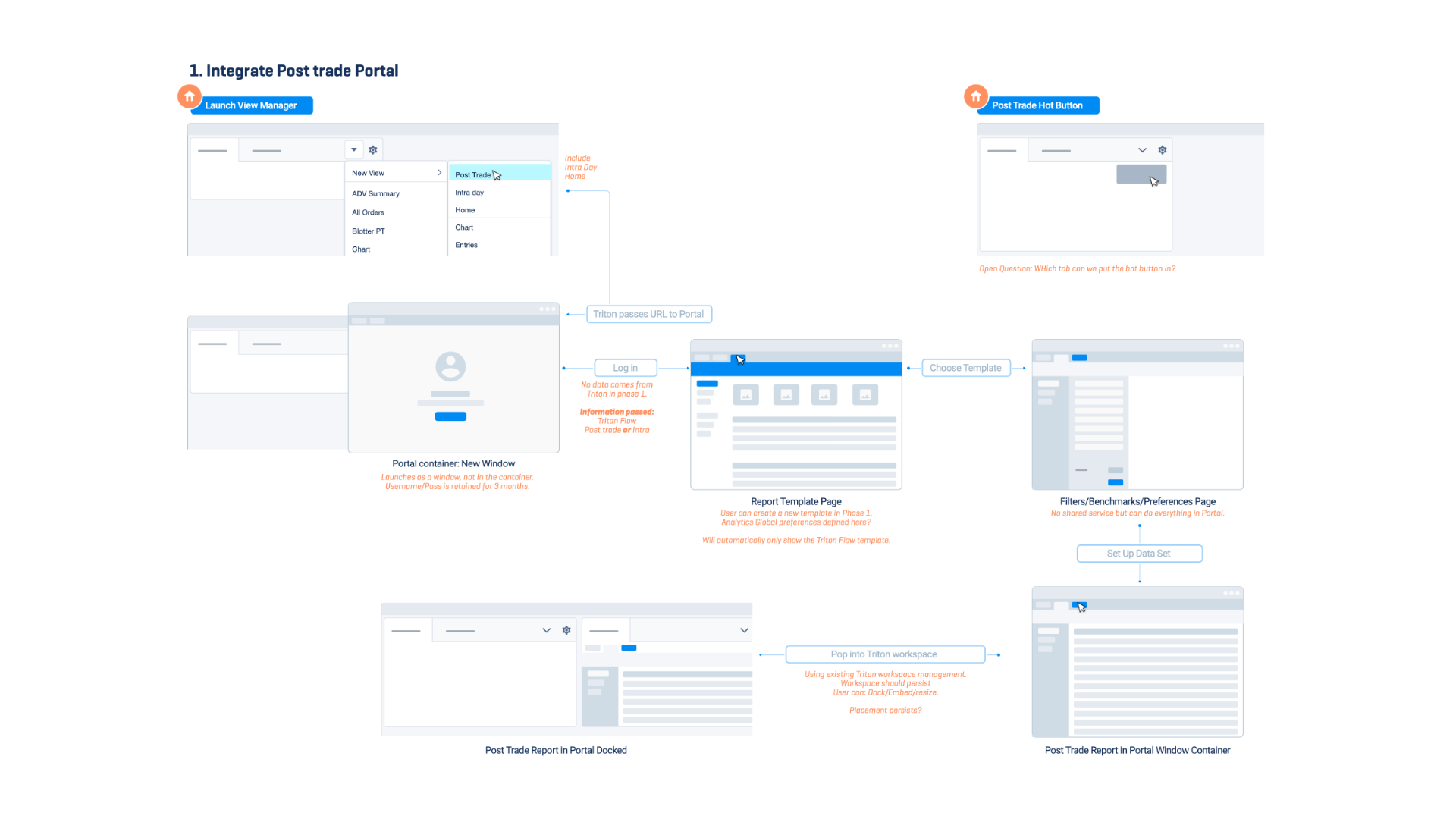
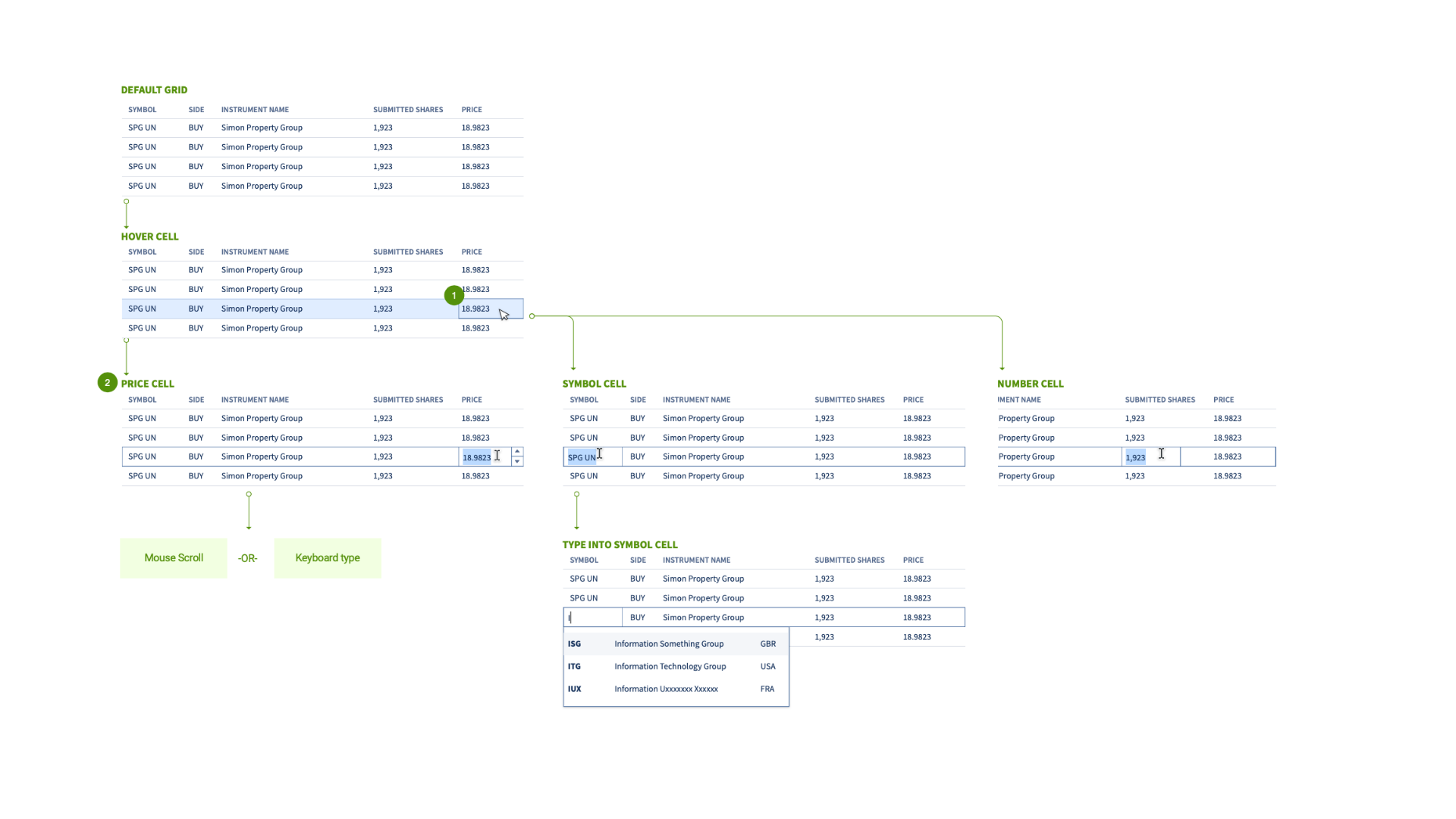
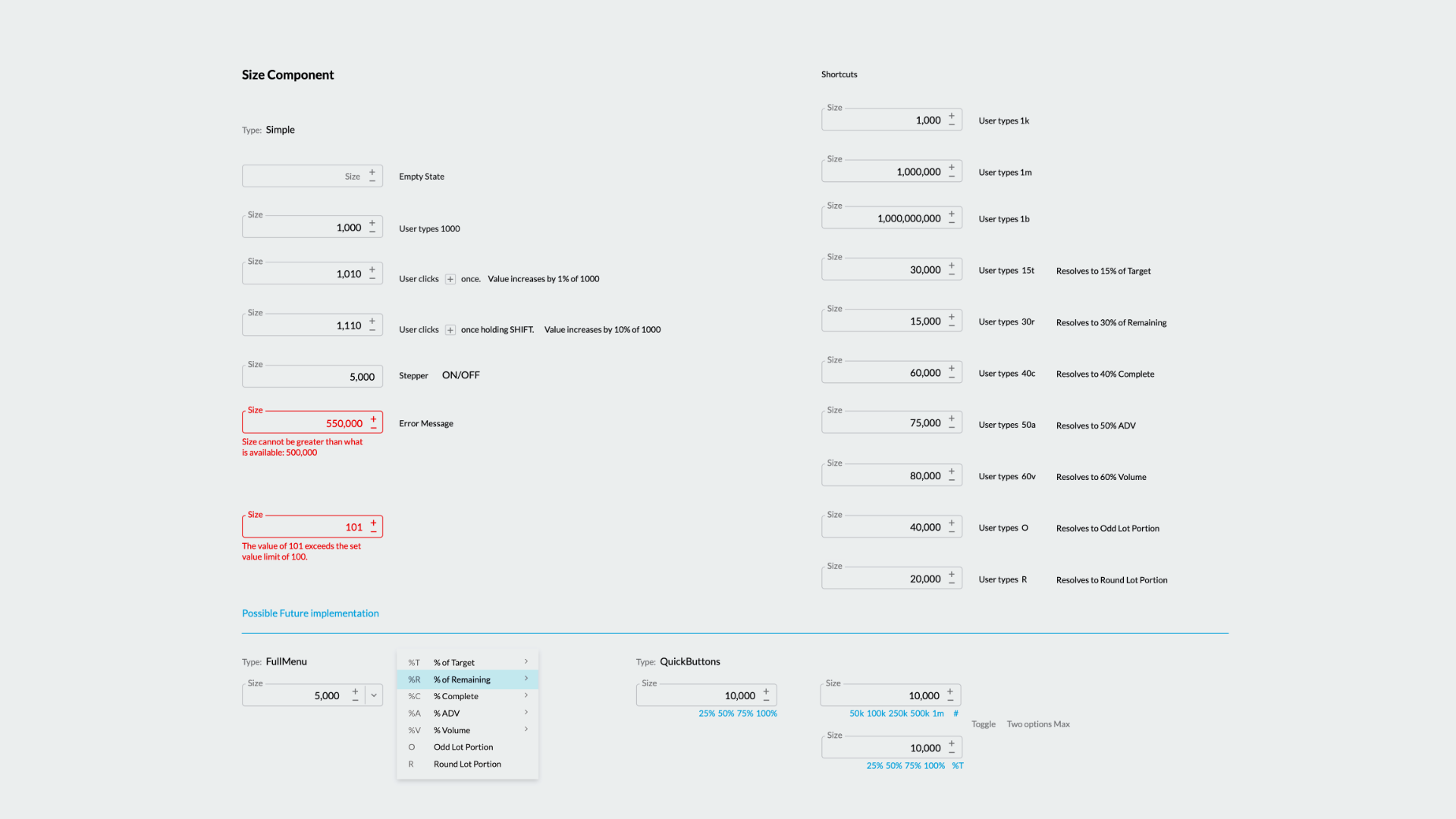
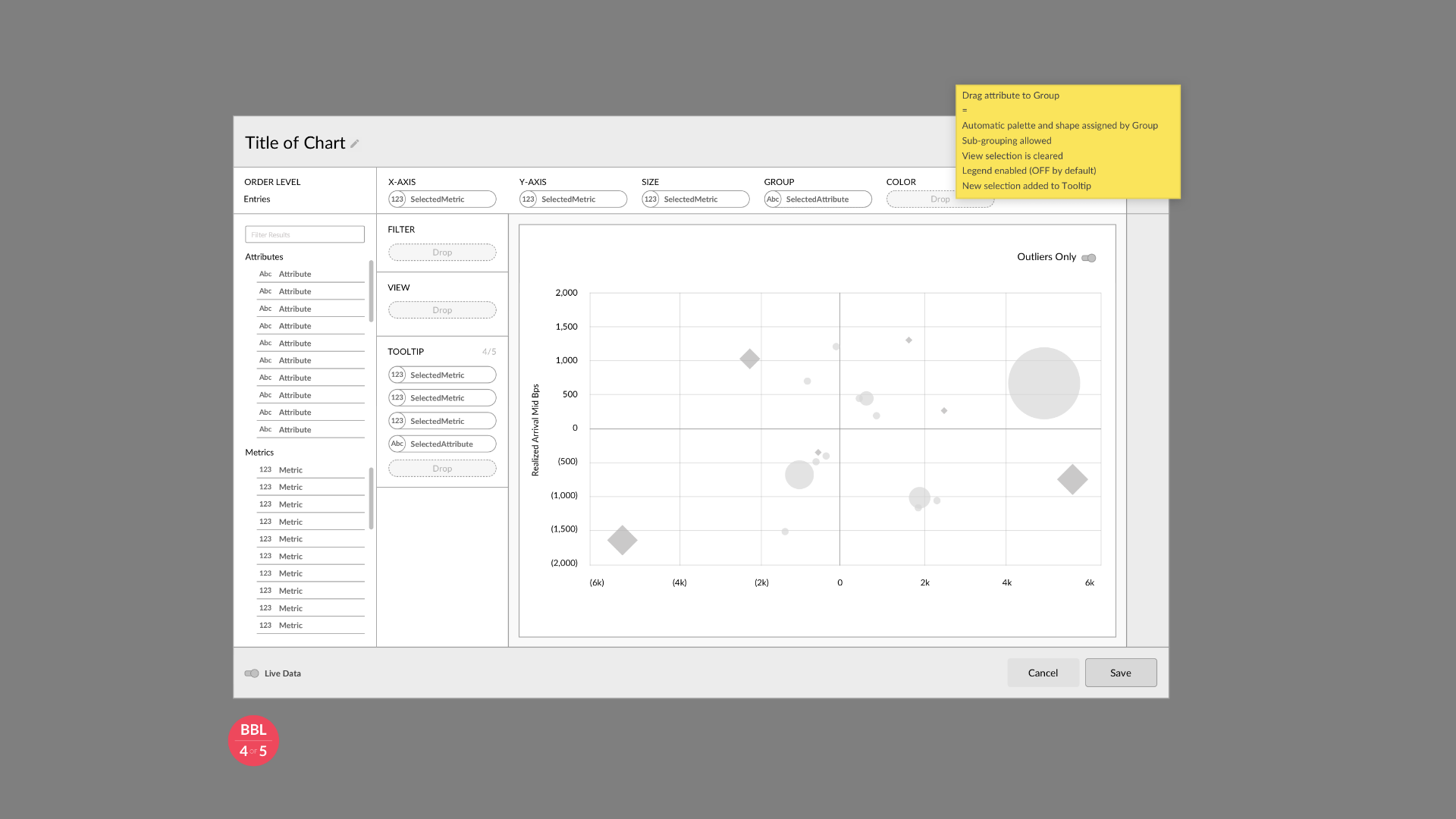
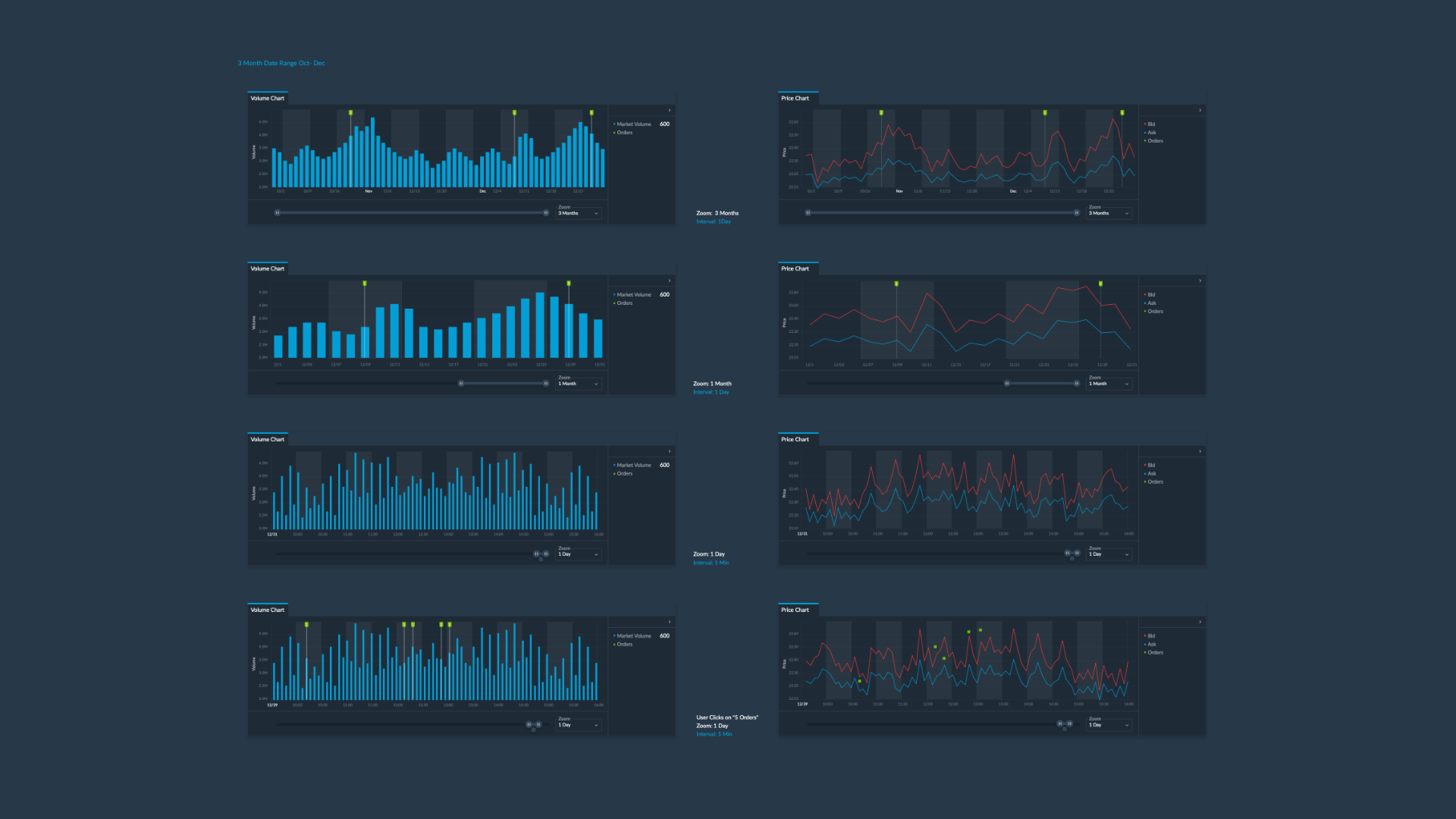
Testing interactions
Prior to establishing the UX practice, there was hardly a culture of early feedback and validation through iterative testing and prototyping, which meant many of the products ranked poorly on overall usability. Being a lean team, I often used rapid prototyping as a tool to explore complex interactions, and encouraged the team to embrace it as part of their toolkit.
Measuring results
As part of the overall product strategy, I helped to define success metrics and continually evaluated these to improve the product. By capturing detailed events, the UX and engineering teams were able to validate features and adjust the course when necessary, as well as understand usage and insights at an aggregate level.